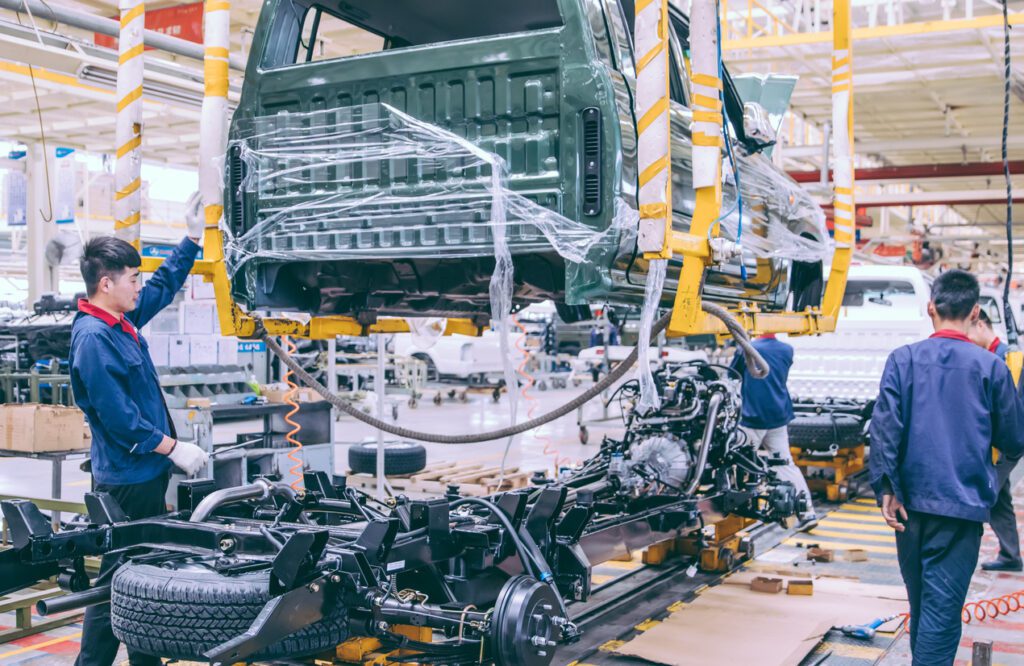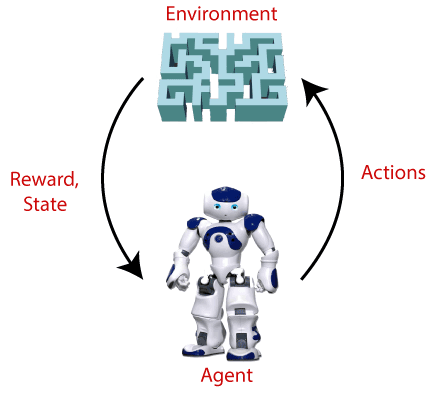Gearing for the 25th Hour – Audi and Disney Collaborate
In an interview given to Roadshow (by Cnet), Nils Wollny, Audi’s head of digital business strategy and customer experienced revealed that the company is collaborating with Disney since over 18 months to form ‘a new type of media’ for self driving cars as well as for more traditional vehicles. He also emphasized that there is …
Gearing for the 25th Hour – Audi and Disney Collaborate Read More »









